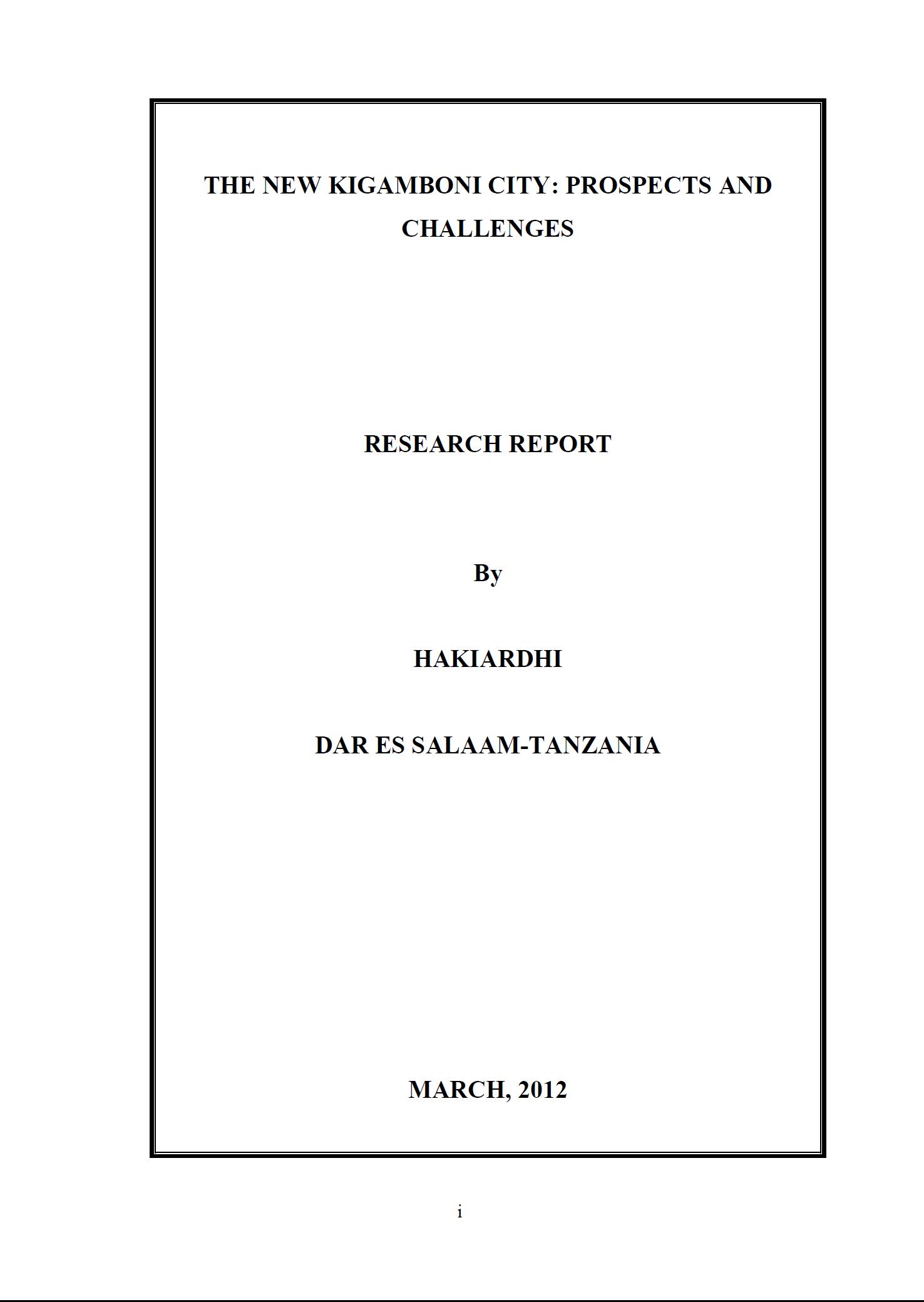Adjusting the Labor Supply to Mitigate Violent Shocks : Evidence from Rural Colombia
This paper studies the use of labor
markets to mitigate the impact of violent shocks on
households in rural areas in Colombia. It examines changes
in the labor supply from on-farm to off-farm labor as a
means of coping with the violent shock and the ensuing
redistribution of time within households. It identifies the
heterogeneous response by gender. Because the incidence of
violent shocks is not exogenous, the analysis uses







